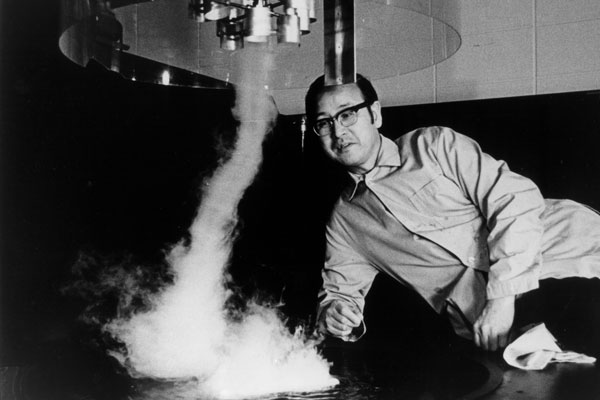
* That I happen to have written about
** Sorry, just assuming here
This month brings our annual Chicagoans of the Year issue, a look back on 2011 and a nice way to start 2012. The most famous person on the list is Roger Ebert, who talked to us about his most productive year yet (by the numbers); I'm a bit jealous of his alphabetically organized DVD library and the generally overwhelming media content in his home. I was particularly impressed by someone I hadn't heard of: Robert Burke of Ladder Up, which does financial and tax planning in underserved communities, the dire need for which has been underscored by the role of financial illiteracy in the housing crisis.
(Also of note: the Reader's People Issue, which looks at a broad sample of Chicagoans, not all of whom are good people. I enjoyed Ben Joravsky's interview with state Senate candidate, Back of the Yards native, and Yale grad, Adolfo Mondragon, particularly the part about cartoons as a gateway to classical music.)
In that spirit, here are the five most interesting Chicagoans I learned and/or wrote about in 2011:
5. Rene Arend: A Luxembourg native and French-trained chef whose path took him to Chicago's legendary Whitehall Club, where he caught the eye of McDonald's founder Ray Kroc, who named Arend the company's first executive chef. Among his gifts to the world: the McRib.
4. Dorothy Martin: An Oak Park housewife and apocalyptic cult leader who fortold the coming end times to her small band of followers—which, unbeknownst to her, included University of Minnesota psycologist Leon Festinger and a handful of students and colleagues, who went undercover to document the workings of Martin's group. Festinger coined the term "cognitive dissonance," and produced a fine account of an apocalypse that didn't come, which reads like Charles Portis's classic Masters of Atlantis.
3. Beatrice Tonnensen: She bought a failing Chicago photography studio sometime in her early to mid-20s, and—with the help of her business-savvy sister—was the first pioneer of fashion photography, and an world-reknowned high-society photographer by the time she turned 30.
2. William Henry Jackson: A Civil War veteran who died at age 99 as one of the last survivors of the War Between the States, Jackson was the first man to take pictures of Yellowstone and the official photographer of the World's Fair, which led to an extraordinary commission from Marshall Field to document travel around the world for the department store magnate's new museum.
1. Ted Fujita: Long one of my favorite Chicagoans, Fujita invented the scale by which the power of tornadoes are measured, and discovered the phenomena of downbursts and microbursts—the result of having observed atomic-bomb blast patterns as a student in Japan during World War II.
Photograph: University of Chicago


